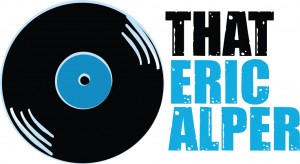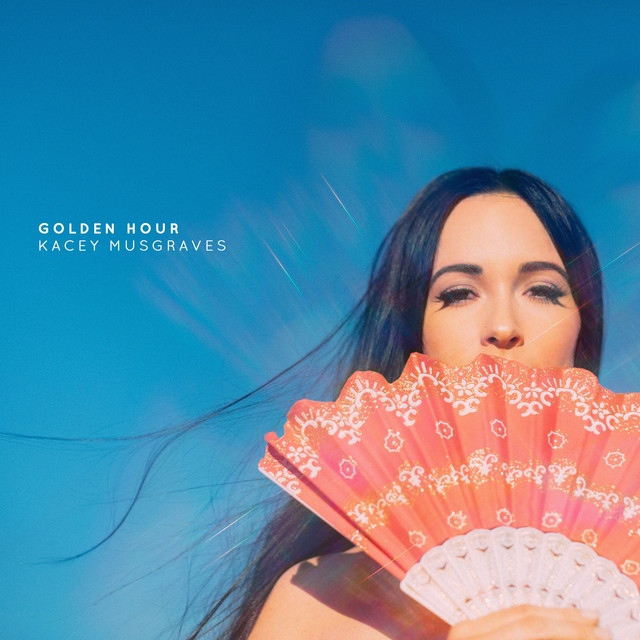When Golden Hour arrived in 2018, Kacey Musgraves gave the world a warm, luminous embrace. Blending country with pop, disco, and a little cosmic dust, Golden Hour felt like a fresh sunrise in music. Beyond its Grammy wins and universal praise, there’s even more magic tucked inside its making. Here are 5 beautiful facts you might not know about Golden Hour.
1. Some of It Was Written Above a Horse Stable
Believe it or not, parts of Golden Hour were written and recorded in a studio perched above Sheryl Crow’s horse stable. The peaceful, pastoral setting seeped into the album’s dreamy, nature-soaked atmosphere. It’s no wonder Golden Hour sounds like a slow ride across open fields — it was born in the calm between horses’ footsteps and quiet skies.
2. LSD Helped Spark Two Songs
During the writing process, Kacey Musgraves experimented creatively — and that included taking LSD. She credits the experience with opening up her imagination while writing “Mother” and “Slow Burn.” The songs’ introspective, almost otherworldly tones owe a little of their magic to that wide-open sense of wonder Musgraves embraced during that time.
3. “Space Cowboy” Was Inspired by a Charging Stallion
While watching a stallion gallop freely in a riding arena, a riding instructor told Kacey, “When they wanna go, they will go.” That simple statement hit her hard — and later became the inspiration for “Space Cowboy.” Sometimes the best songs come from small, profound moments that remind us how important it is to let go and find our own path.
4. The Cover Photo Almost Didn’t Happen
The dreamy Golden Hour cover — Kacey holding a paper fan against a glowing sky — almost didn’t exist. Her sister, photographer Kelly Christine Sutton, wasn’t initially sold on the idea when Kacey suggested it. But when they found a wide-open Texas field with nothing but sky for miles, the vision clicked into place. That spontaneous moment captured the spirit of the album: simple, striking, and full of light.
5. “Rainbow” Became an Anthem for Healing
“Rainbow” wasn’t just a beautiful album closer — it became a beacon of hope. Written years earlier as a note to herself, Musgraves later dedicated the song to anyone going through dark times. It’s especially dear to her because it was the last song her grandmother ever heard her write, making it a deeply personal farewell and a universal hug.
Golden Hour remains a glowing reminder that music can be healing, transformative, and pure. It’s not just a collection of songs — it’s a feeling you carry with you, through every sunset and every storm.







